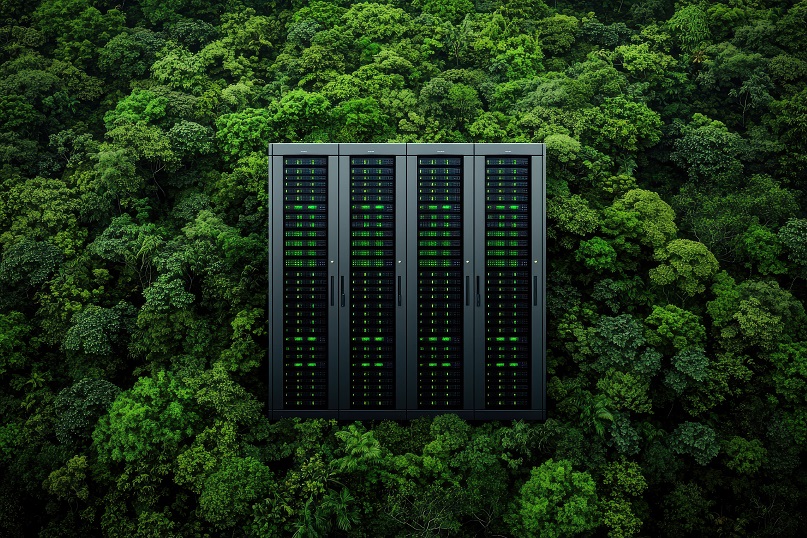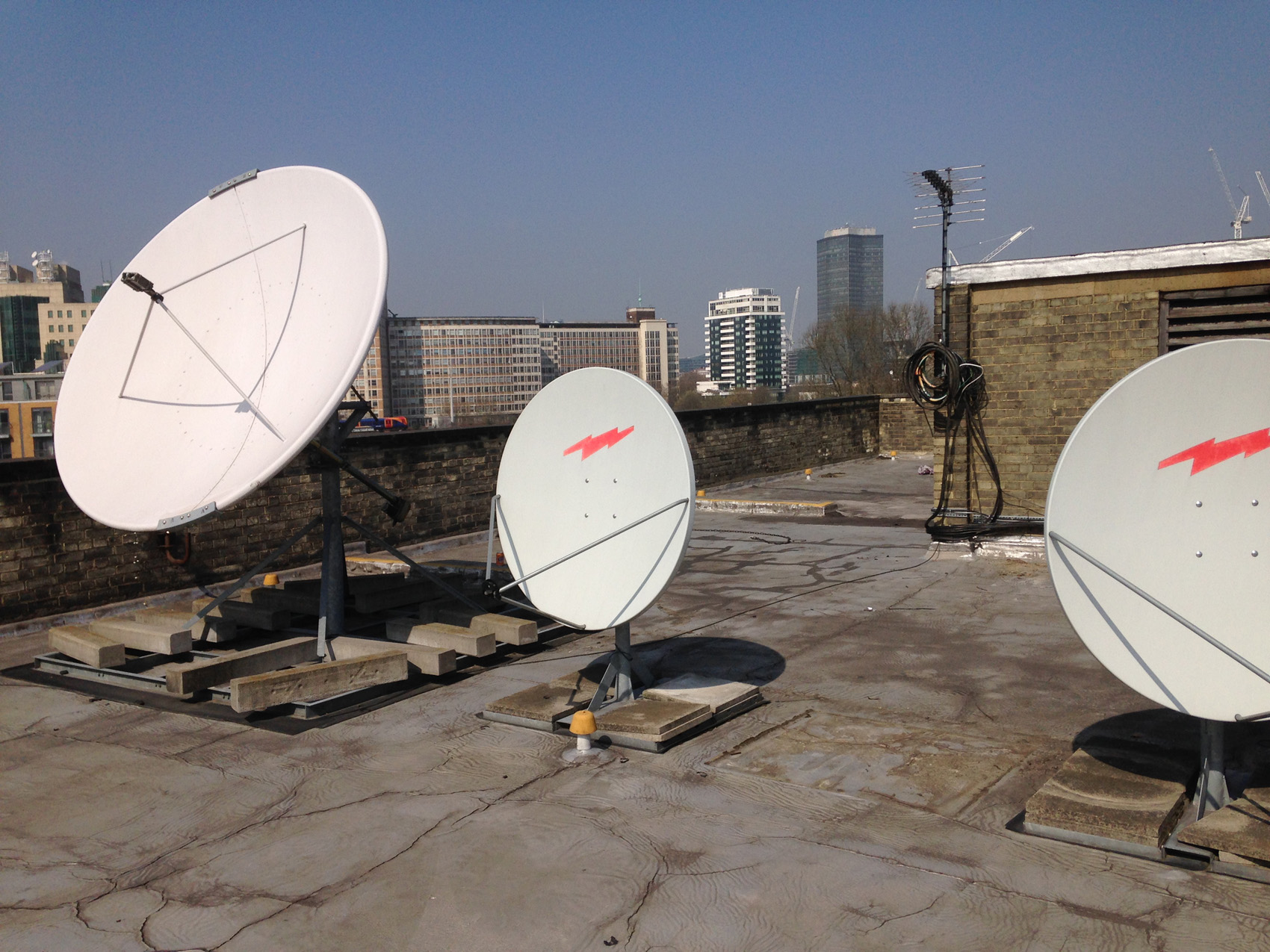
In recent years, a surge of green initiatives have made their way into many technology products, especially IT servers. And while these initiatives aim to promote sustainability by reducing energy consumption, they can sometimes yield the opposite result. In this blog post, we’ll explore how these green initiatives can affect live transmissions as well as inadvertently increase energy consumption in broadcasting. We’ll also cover what technology manufacturers can do to be more transparent about what’s going on underneath.
But rest assured, when you use our low-latency encoders and decoders, we’ve done all the hard work understanding the consequences of these green initiatives and will take care of this process for you. We have over a decade of experience in optimising server configurations for mission critical 24/7 broadcast use. This is in contrast to many legacy manufacturers which are new to software development, adapting consumer technologies not designed for 24/7 use.
The Need for Maximum Performance
Broadcast workloads demand maximum performance, always. Unlike web pages that can afford to “sleep” at night or during periods of low demand, broadcasting requires instantaneous transitions, constantly. For instance, going from content to a black commercial break and back to content must happen without glitches – for example a delay of 100 milliseconds caused by a power saving transition would be unnoticeable on a web page but damaging for a broadcast (as we learnt the hard way many years ago). This need for immediacy extends to hardware: components such as network cards cannot afford to go into a low-power state without risking interruptions in the broadcast.
Complexity in Server Settings
That’s why careful tuning of server settings is crucial for optimal broadcasting performance. This means that some of the “green” settings must be turned off – but which ones? Of course, we want to increase performance while reducing energy consumption – but how?
Historically, this was a straightforward task. We knew which settings would make a difference to our broadcast, and had to be turned off, and which ones made no difference at all – meaning we could keep them on to reduce energy consumption.
But the introduction by technology vendors of more complex green initiatives has significantly complicated things. Today, broadcasters face a myriad of “green” settings across different manufacturers (e.g Dell, Supermicro, HP), each with their own unique configurations and terminologies. See, for example, this user guide:
 Or this:
Or this:

Nobody can tell you what any of these settings actually mean!
It’s a huge task just to find which new settings have been added – let alone understand how they affect your broadcast. And even across products from the same manufacturer, there are differences from one generation to another.
This lack of standardisation and transparency means that most of the time, broadcasters have no idea what’s behind the different settings and what actually makes a difference in performance.
The result? Many broadcast vendors (like us) resort to extreme measures. They choose to disable everything to be on the safe side. Because of a lack of transparency from manufacturers of what’s behind the settings and the fear of glitches, they inadvertently cause more power consumption than they would have had there been no “green” settings to choose from. Ironically, a product that is supposed to enable energy-efficiency results in increased energy consumption. And the culprit is lack of clarity.
Is the Operating System in Charge
The complexity doesn’t stop at hardware. The operating system (OS) also comes with its own set of settings, further complicating the situation. And as far as the impact on their broadcast, broadcasters often find themselves questioning who is truly in control—the server (through its BIOS) or the OS? This uncertainty leads to overkill in settings adjustments, as teams play it safe both on the server and the OS to avoid potential issues. This is probably overkill but we don’t know for sure.
Note that most “hardware” products are actually running a standard Operating System on a CPU underneath and suffer from exactly the same issues. Arguably these “embedded” products have more serious issues, as they have CPUs designed for saving power in consumer products. We covered this topic in a previous blog post.
Call for Transparency
To truly make their products sustainable, manufacturers must be transparent about their green settings. End-users need clear, understandable information about what each setting does and how it impacts performance. This clarity would empower teams to make informed decisions rather than resorting to disabling features out of fear.
We guarantee performance
At Open Broadcast Systems, we understand the complexities of broadcasting workloads and the challenges posed by green initiatives. Our expertise in this area, combined with our dedicated lab, allows us to test and optimise systems for maximum performance. We are committed to helping our clients navigate these challenges and implement solutions that align with both their operational needs and sustainability considerations.
Paving the Road for the Future of Broadcasting
As the saying goes, “The road to hell is paved with good intentions.” And while green initiatives in IT are well-intentioned, they lead to unintended consequences and increase energy consumption in broadcasting – the very opposite of what they were designed to achieve.
To pave the road for sustainable broadcasting, we need greater transparency from manufacturers. Only that can unlock a long-lasting path to a more efficient and sustainable broadcasting environment.
Learn more about our low-latency encoders and decoders that run on off-the-shelf server hardware

